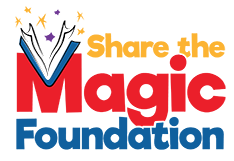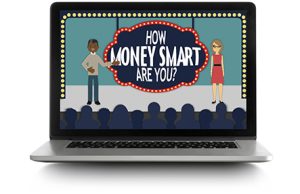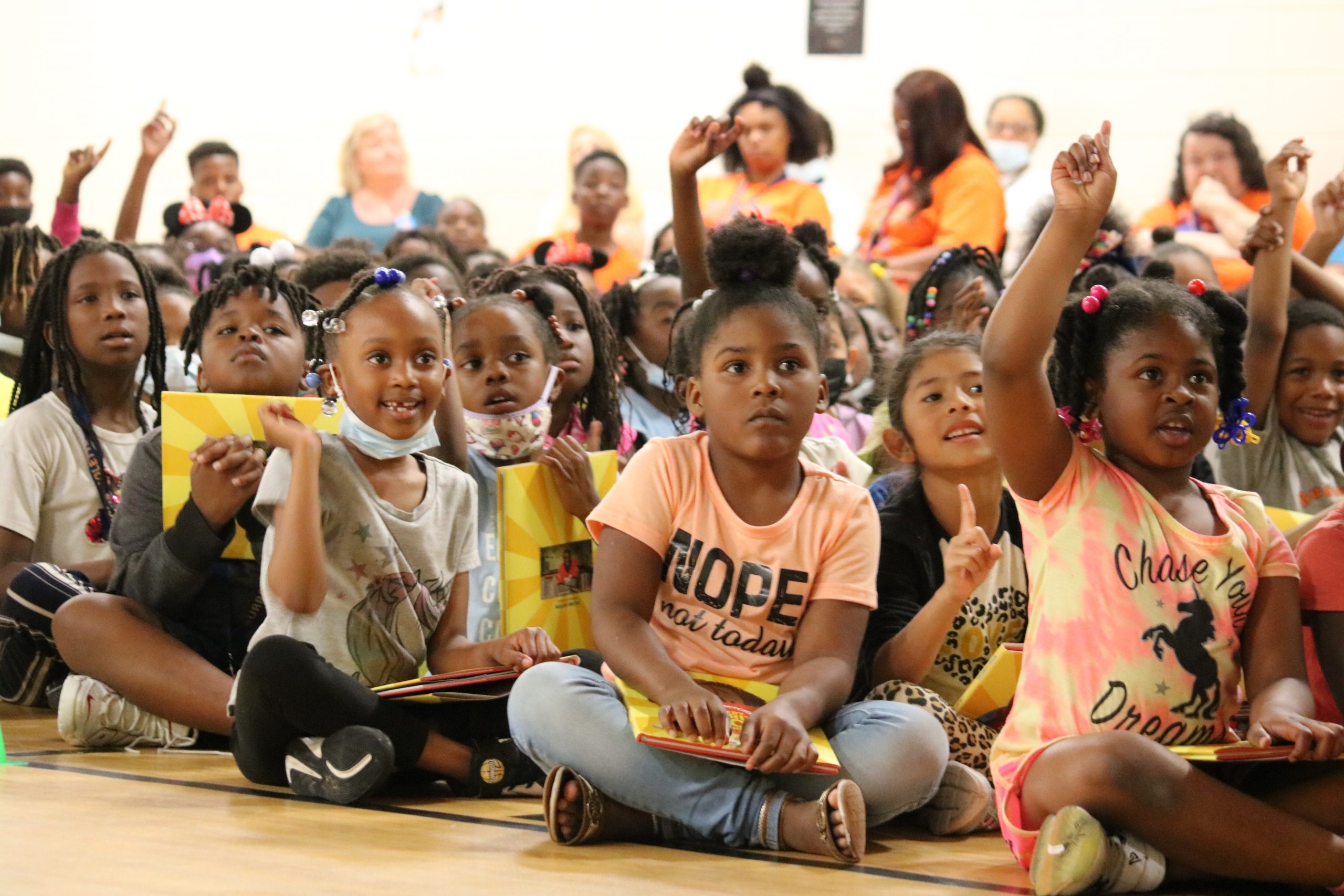Classroom Resources for
While math is handy for counting money and making change, teaching students about money is about more than mathematics. There’s the concept of currency as a standard way to represent the value of goods and services. And for older children, there are economic lessons to explore related to supply and demand and the concept of charging or earning interest. That’s why we are proud to partner with Pinnacle Financial Partners to introduce the concept of “Financial Literacy” during READBowl.
The FDIC has developed a set of four grade-specific curriculums called Money Smart for Young People to deliver basic financial concepts to students in kindergarten through 12th grade.
Each lesson includes learning objectives, essential questions, supplies needed, and preparation required, as well as features and components to support easy integration of Money Smart activities into your instructional day.
Click the image to see the Money Smart curriculum on FDIC.gov!
Even the youngest students, pre-kindergarten through 3rd grade, can learn a lot using these classroom resources, including:
- The history and purpose of money
- Identifying, sorting, and counting coins and bills
- Ways that money is earned or passed from one person or business to another
- Differentiating between needs and wants and prioritizing necessities
- Setting goals and how those influence financial decisions
- The concept of saving and its purposes
- The role of a bank in holding money for saving as well as money for spending
- The practices of lending and borrowing responsibly
One way that teaching about money has changed is the dramatic increase in digital forms of transacting business. Young learners who see money spent digitally or by debit card need to understand that purchases are funded by money in a bank account. Similarly, they should learn that a credit card is a form of borrowing money and then paying it back, either all at once or over time.
Learning the value of coins by look, size, name, and value provides students with the opportunity to develop connections between the physical objects and represented numbers and value on price tags and hourly wages. This connection supports a deeper understanding of numbers and value associated with digital currency and digital spending.
No matter the age or grade level, students can benefit from lessons about what money is and how it works. Learn more about FDIC’s Money Smart for Young People on FDIC.gov.


